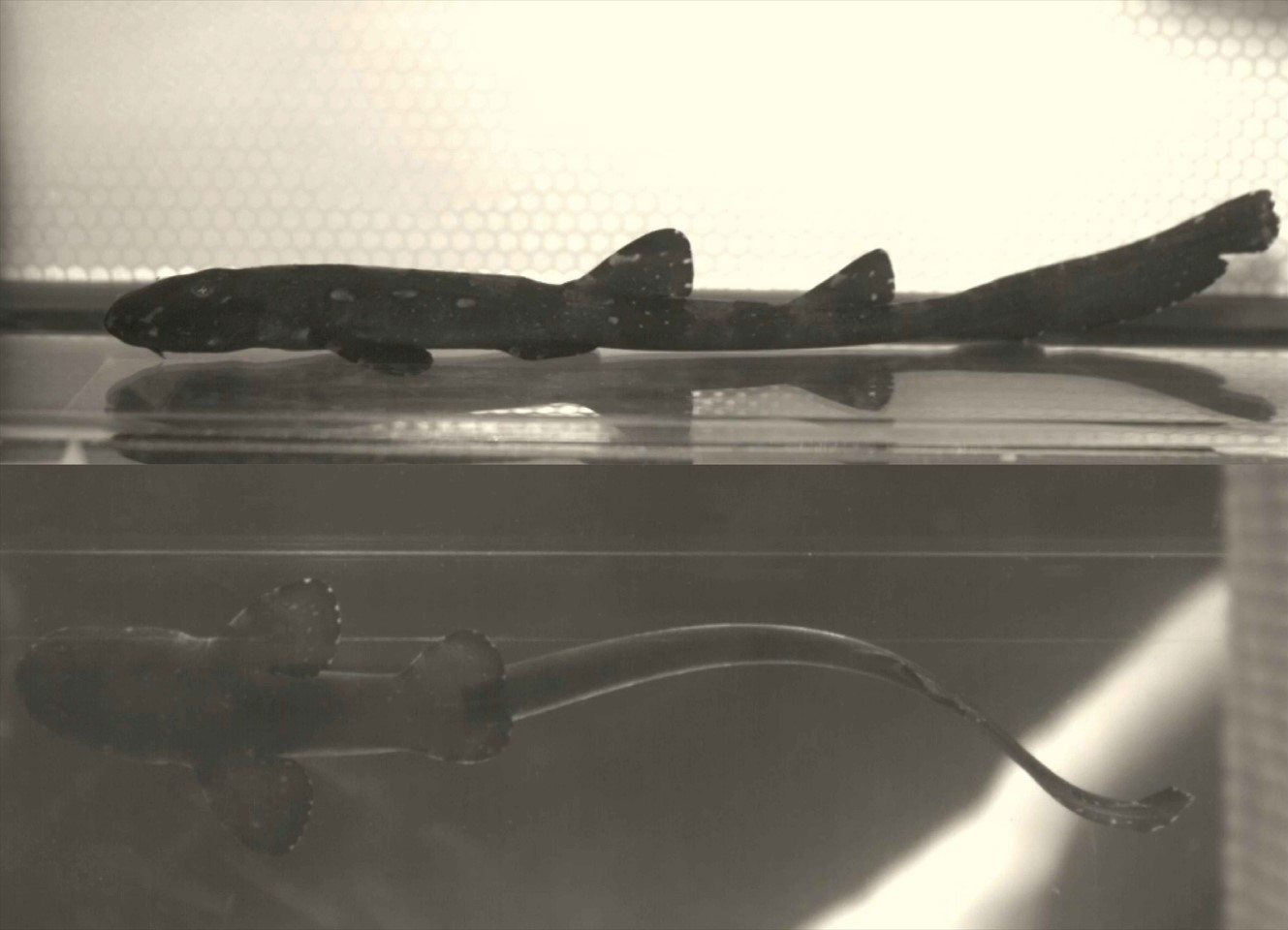Comparative kinematics
in walking & swimming fishes

Walking first evolved in fishes long before the transition from water to
land, approximately 375 million
years ago. This ancient form of locomotion has been retained in extant fishes and is
observed in many swimming species, suggesting that these complementary
gaits offer selective advantages. Yet, these fishes can be phylogenetically
distant (e.g., elasmobranchs, gobiiformes) and exhibit various ecologies
(e.g., aquatic,
terrestrial) and morphologies (e.g., fin location along the body), making it
difficult to compare their locomotion movements.
Yet, kinematic
measurements provide a valuable tool for accurately describing the movements of
objects with equivalent anatomical landmarks, such as the snout and tip of the
tail. We can establish a framework for detailed locomotion analysis at
the interspecific level using kinematics.
This work compares inter- and
intraspecific mechanics beyond walking and swimming in fishes.
Method: Kinematics
Good to know: This work is funded by the Human Frontier Science Program grant
attributed to Valentina Di
Santo.
Main people involved in this project are Michael
Ishida,
Fumiya Iida, Neil
Shubin, and Neelima
Sharma.
Conference poster:
F. Berio, C. Morerod, P. Schmitz & V. Di Santo
(2023). How and why fishes walk: A biomechanics perspective. — Society for
Experimental Biology.